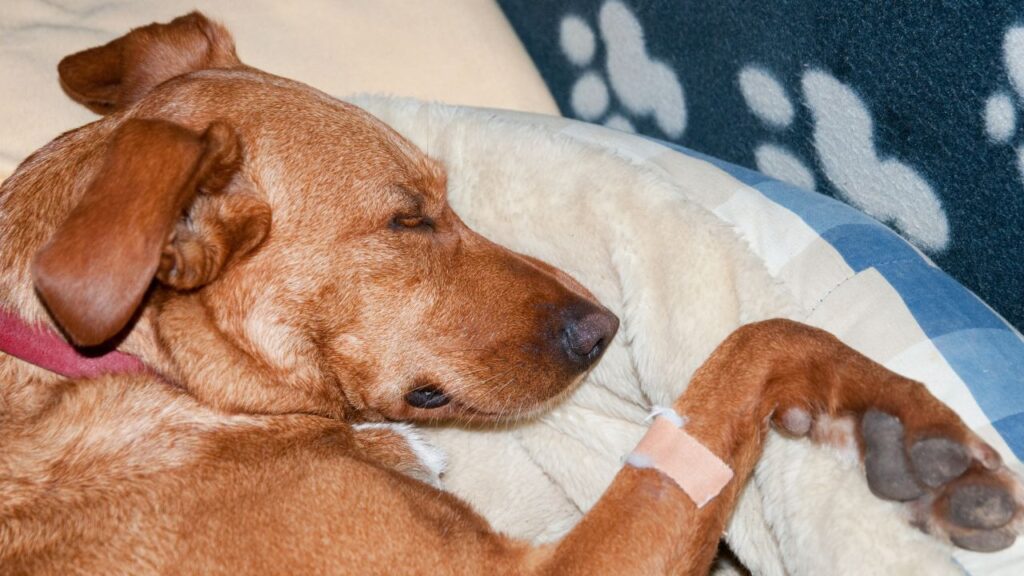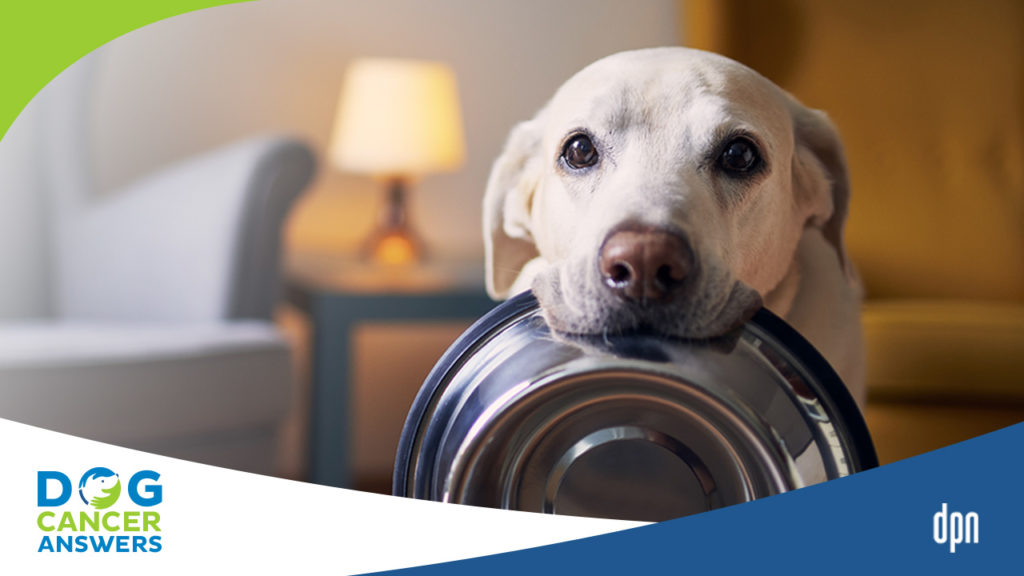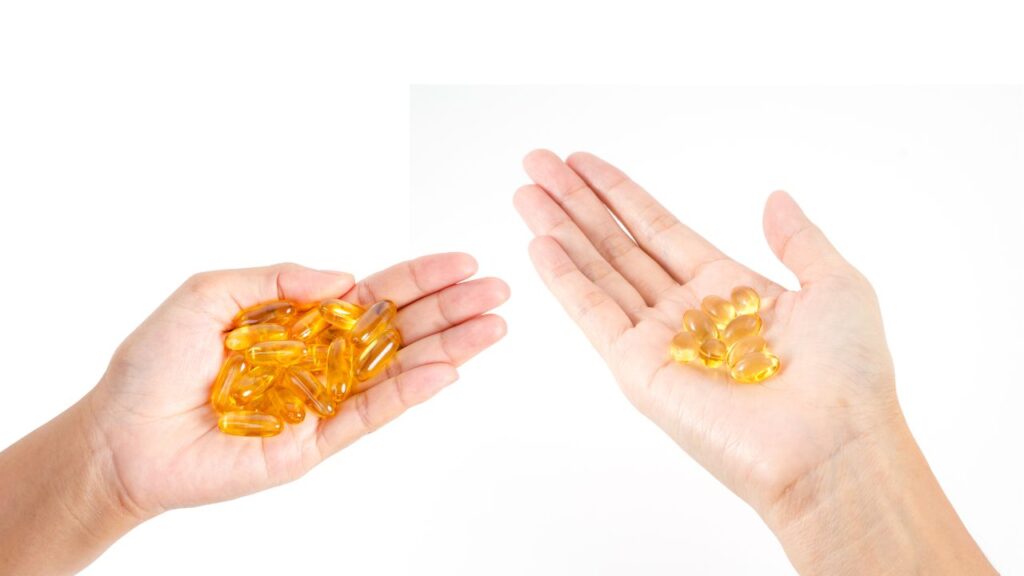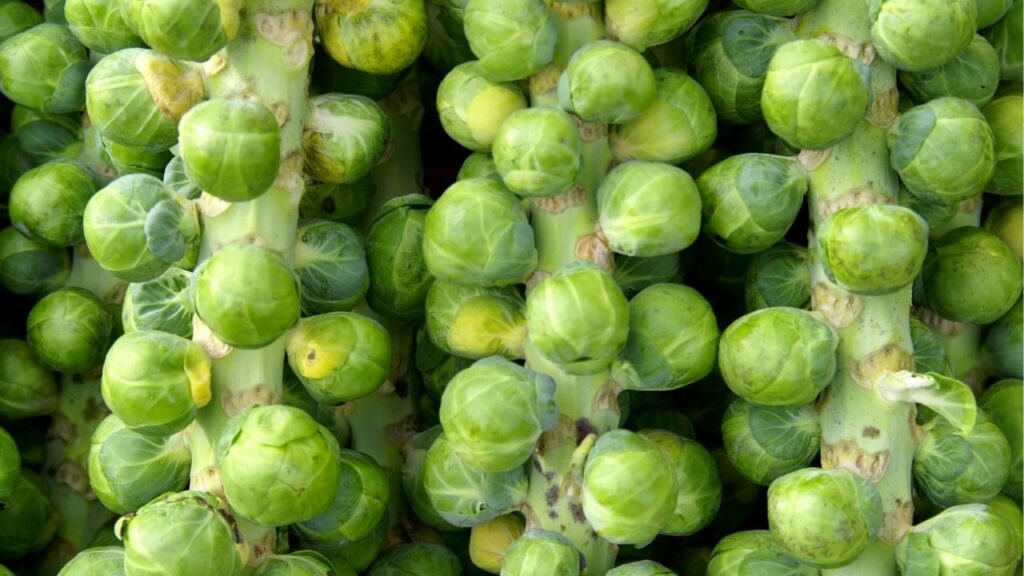Raw diets are great for some dogs, but a totally raw diet can expose your dog with cancer to potentially harmful pathogens.
Key Takeaways
- The key to a good food for dogs with cancer is feeding a complete and balanced diet.
- A holistic diet for dogs with cancer can mean many things, but often refers to feeding whole, fresh foods.
- A raw diet may or may not be good for your dog, depending upon many different factors.
What a Raw Diet Is
A proper raw diet – also called a fresh meat-based diet – consists of uncooked meat (although fish is often cooked), organs, eggs, vegetables, fruits, seeds or healthy oils, herbs, spices, bone/bonemeal or eggshell for calcium, and supplements as needed to make it balanced and complete.
But the term “raw diet” could encompass any diet of uncooked ingredients, so some raw diets are not balanced for regular or long-term feeding.
Raw diets can be prepared at home, as long as you are using a recipe formulated to meet all of your dog’s nutrient requirements. There are also many commercially prepared raw diets available.
Raw Vegetables for Dogs
As you might guess, a totally raw diet includes not just raw meats, but also raw vegetables.
There are some benefits to including raw vegetables in your dog’s diet. The high fiber content helps to promote normal bowel movements, so including some raw vegetables can prevent both constipation and diarrhea.
Vegetables in their raw form are often less digestible for dogs than cooked, and lower digestibility results in your dog absorbing fewer calories1 – so as part of a balanced diet, raw veggies may help an overweight dog feel full without blowing the calorie budget.
However, before you add some raw vegetables to your dog’s diet, consider that they can be a source of pathogens, just as raw meat can be. And if your dog is losing weight or having trouble maintaining his weight, raw vegetables might not offer the caloric density that he needs.
Likewise, take care not to overload his diet with vegetables outside of his formulated ration, as it may result in him not getting enough critical protein and fat.
The reason raw vegetables are not easily digested by dogs (and other carnivores and omnivores) is that their bodies don’t produce cellulase – an enzyme that breaks down plant cell walls. Herbivorous animals (like cows, horses, and other plant-grazers) make cellulase to allow them to extract more of the nutrition from the plants they eat.
You can give your dog’s digestive system an assist by pureeing, steaming, fermenting, or sprouting his veggies to simulate the action of cellulase and start the digestion process – giving him access to valuable phytonutrients that have a multitude of health benefits.
Commercial Raw
Commercial raw diets are available in several forms: fresh, frozen, freeze-dried, and dehydrated (which are technically lightly cooked at low temperatures).
These ready-made diets offer convenience over home preparation. Reputable manufacturers use recipes that are formulated to be complete and balanced – and they are happy to share their ingredient sourcing and results of quality control testing.
There are several factors that contribute to the growing popularity of fresh meat-based diets:
- Heterocyclic amines (which are carcinogens) that are created during the cooking process2 can be avoided by using raw ingredients.
- There is little loss of nutrients – some vitamins are very sensitive to heat degradation, and these are better preserved in diets that are not heated.
- There are often none of the artificial additives or preservatives often found in shelf-stable diets – additives that may have negative health impacts.
- Most dogs find fresh food diets very tasty.
- There is a higher moisture content in most fresh meat-based diets than in dry dog foods, and that can help keep dogs better-hydrated.
But uncooked diets also have some drawbacks:
- There is potential for toxic bacteria in raw foods. We often think of meat as prone to bacteria, but there are recalls for vegetables, too.
- Bacteria could be transmitted to the animals eating the food, as well as the people preparing it.3 To be fair, this can also be true of dry kibble.4 However, in some cases it can be difficult to determine whether the bacteria present will actually cause illness in the dogs and people exposed to them.5,6
- Fresh, less-processed foods are usually higher priced than other types of dog diets.
- Fewer preservatives and more moisture mean a more limited shelf life than in diets that undergo more processing that includes preservation steps.
Raw Food Diet for Dogs with Cancer
Raw meat and fresh produce can harbor pathogens – organisms like bacteria, viruses, fungi, and parasites – that could cause illness.
Dogs with cancer have been shown to be immunosuppressed7 – meaning their immune systems aren’t functioning at top capacity. This is even more true for dogs undergoing chemo or radiation treatment, as those therapies often directly or indirectly target bone marrow, the lining of the stomach and intestines, and other centers of immune function.
This means a dog with cancer could be at risk for getting an infection or parasite from a raw diet, even one that might have been a great option for a healthy dog.
Some commercial raw meat-based diets are treated with high pressure to decrease the number of pathogens without using heat. This treatment does reduce bacteria in the food but does not completely eliminate them.
Homemade raw diets carry an additional risk for all dogs if they are not nutritionally balanced to provide all the necessary nutrients in the proper amounts – not too much and not too little. This is especially risky for dogs with cancer, as their bodies have increased demands.
If you are preparing a fresh food diet at home, you need to follow exactly – with no substitutions or omissions – a recipe that is nutritionally balanced. If you are feeding your dog a commercial raw diet, check for a statement that the diet meets AAFCO requirements (in the US) or FEDIAF requirements (in Europe) for adult dogs to be sure the diet is complete and balanced.
What Should I Feed My Dog?
The right food for your dog:
- Is a balanced, complete, safe diet that contains all of the nutrients your dog needs in the proper amounts, using wholesome ingredients.
- Is palatable – your dog will eat it.
- Contains nutritious whole foods – especially real meat as a protein source, with vegetables and/or fruits as a source of phytonutrients, some of which can help fight cancer.
- Contains foods with minimal pesticides and herbicides and has no (or few) added preservatives or other artificial additives.
- Is minimally processed to avoid loss of nutrients as well as the production of harmful compounds during heating.
Regardless of what you feed, hygiene is important for the health of your dog and for people in the home:8
- Keep raw meats separate from other foods.
- Wash fruits and vegetables prior to cutting or feeding.
- Refrigerate any fruit or vegetable that is cut, peeled, or cooked within 2 hours.
- Wash hands, utensils, and surfaces before and after food preparation.
My Dog is Eating a Raw Diet. Should I Switch?
If your dog is already eating a raw diet, first ensure that it is nutritionally balanced. If it is not balanced, you need to switch to a formulation that is.
If your dog is already eating a balanced raw diet and now has been diagnosed with cancer, consider gently cooking the diet. This will reduce your dog’s risk of infection (meats and sprouts(8) are especially risky) and increase the nutrient availability from the veggies in the diet.
However, cooking a diet formulated to be fed raw could deplete select nutrients below the minimum requirements. Check with a nutritionist to see if supplements or other additions to the diet are needed.
- Carmody RN, Bisanz JE, Bowen BP, et al. Cooking shapes the structure and function of the gut microbiome. Nature News. https://www.nature.com/articles/s41564-019-0569-4#citeas. Published September 30, 2019. Accessed January 2, 2023.
- Sugimura T, Wakabayashi K, Nakagama H, Nagao M. Heterocyclic Amines: Mutagens/carcinogens produced during cooking of meat and fish. Cancer science. https://pubmed.ncbi.nlm.nih.gov/15072585/. Published April 2004. Accessed January 8, 2023.
- Schlesinger DP, Joffe DJ. Raw Food Diets in companion animals: A critical review. The Canadian veterinary journal = La revue veterinaire canadienne. https://www.ncbi.nlm.nih.gov/pmc/articles/PMC3003575/. Published January 2011. Accessed January 12, 2023.
- Multistate outbreak of human salmonella infections caused by contaminated dry dog food — United States, 2006–2007. Centers for Disease Control and Prevention. https://www.cdc.gov/mmwr/preview/mmwrhtml/mm5719a4.htm. Published May 16, 2008. Accessed January 12, 2023.
- Fredriksson-Ahomaa M, Heikkilä T, Pernu N, Kovanen S, Hielm-Björkman A, Kivistö R. Raw meat-based diets in dogs and cats. Veterinary sciences. https://pubmed.ncbi.nlm.nih.gov/29056692/. Published June 28, 2017. Accessed January 12, 2023.
- Gibson JF, Parker VJ, Howard JP, et al. Escherichia coli pathotype contamination in raw canine diets. AVMA. https://avmajournals.avma.org/view/journals/ajvr/83/6/ajvr.21.10.0166.xml. Published May 12, 2022. Accessed January 12, 2023.
- Mucha J, Rybicka A, Dolka I, et al. Immunosuppression in dogs during mammary cancer development. Veterinary pathology. https://pubmed.ncbi.nlm.nih.gov/27106740/. Published April 22, 2016. Accessed January 12, 2023.
- Fruit and vegetable safety. Centers for Disease Control and Prevention. https://www.cdc.gov/foodsafety/communication/steps-healthy-fruits-veggies.html. Published January 20, 2022. Accessed January 12, 2023.
Topics
Did You Find This Helpful? Share It with Your Pack!
Use the buttons to share what you learned on social media, download a PDF, print this out, or email it to your veterinarian.







